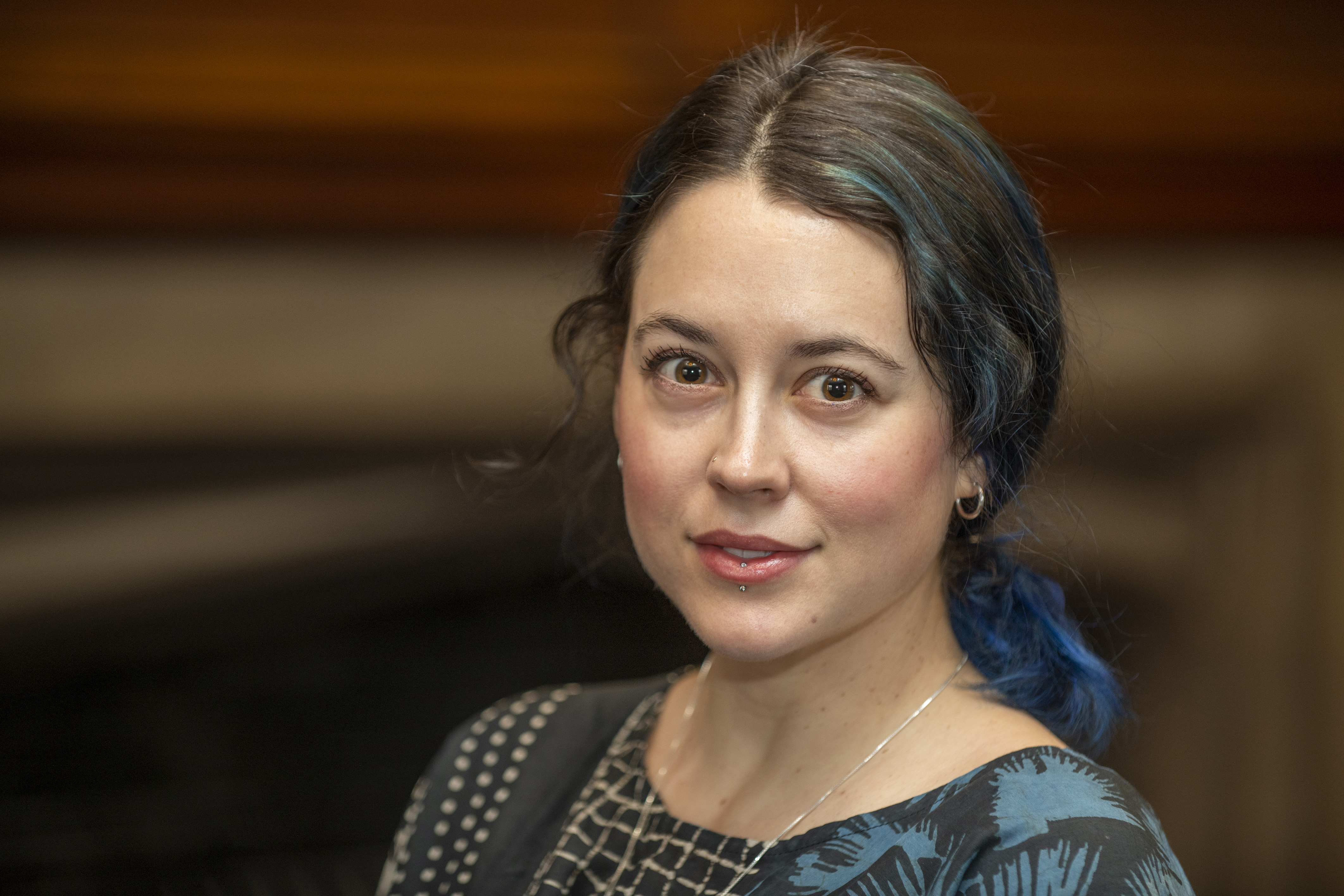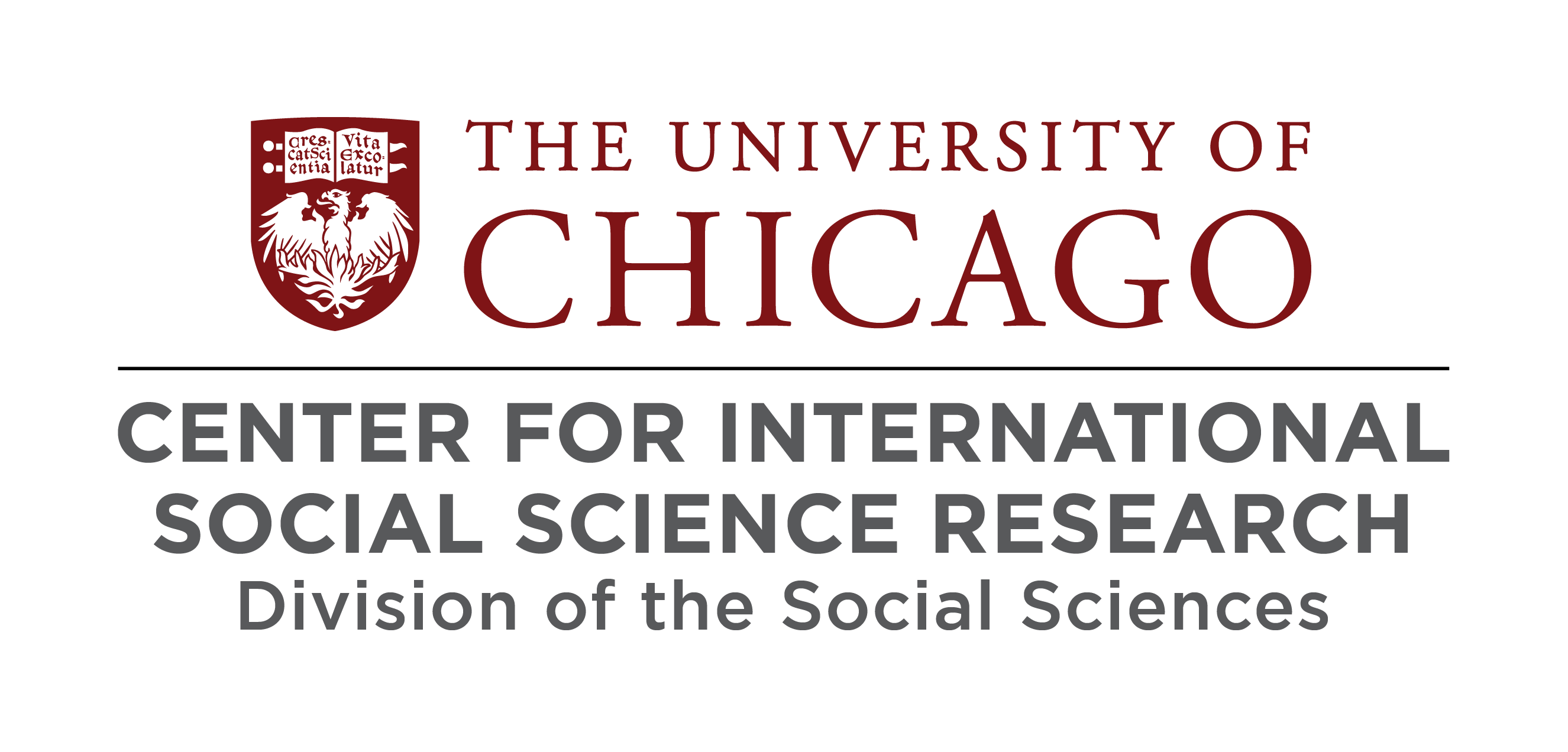
Biography
Lorna Hadlock is a PhD candidate and anthropologist in the department of Comparative Human Development. Her research focuses on indigenous Amazonian and Andean healing traditions and interactions between humans and non-humans as well as cross-cultural encounters. She is specifically interested in language use in those contexts. Through examining language use in healing and cross-cultural and cross-species contexts, her research contributes to theoretical discussions about both the agency of non-human actors and how language and culture influence experience, especially perception of altered states of consciousness and healing/illness. She is currently conducting ethnographic field research in Peru as a Fulbright Hays DDRA Fellow. She has also been the recipient of other awards including multiple FLAS Fellowships and research funding from the Center for Latin American Studies at the University of Chicago.
Dissertation: Called by the Plants: The multicultural, mutinatural world of humans and teacher plants in the Peruvian Amazon
In the Amazon jungle near Iquitos, Peru there is a tree called Noya Rao. Noya Rao means “flying (plant) medicine” in Shipibo, an indigenous Amazonian language, and indeed Noya Rao is believed by many Shipibo people to possess the remarkable ability to confer the power of flight onto humans who undertake to learn from her.1 Decades ago, at a time when many indigenous Shipibo believed she was extinct or merely mythical, a Shipibo master healer began a ritual practice referred to as a pipe “diet” with a pipe made from her wood. He ingested the smoke and prayed to her until she appeared to him and revealed her living location far from the Shipibo homelands of Ucayali. Today, the healer’s son-in-law runs an ayahuasca retreat center on the land where Noya Rao grows. Ayahuasca2 is a hallucinogenic brew used traditionally by Amazonian indigenous peoples and increasingly by foreign tourists who attend ceremonies at retreat centers focused on spiritual, physical, and mental healing. In the midst of the broader context of ayahuasca-based spiritual tourism in the area, some Westerners feel called to this corner of the world not by the lures of ayahuasca but by Noya Rao and the other teacher plants in her pantheon. They travel to the Amazon to fast and ingest an extract of Noya Rao, learn Shipibo songs to sing to her in ayahuasca ceremonies, and walk to her daily to sit at the base of her trunk and pray. Through this process (known as a plant diet, dieta in Spanish, or sama in Shipibo), they begin to communicate with her and cultivate metaphorical seedlings of Noya Rao inside their bodies, minds, and souls. My dissertation seeks to illuminate why Westerners are called to her and what world-making effect this pilgrimage has by examining Noya Rao and other teacher plants as agentic beings who communicate with and shape the humans in their world. Furthermore, this project explores this global impact and import of Amazonian plant diet pilgrimages as the global plant diet community grows and Westerners who learn this practice of dieting plants through Shipibo healers then go home to apply Shipibo dieting practices to plants in the U.S. or Europe. Through telling the stories of both Shipibo and Western dieters collected through 11 months of ethnographic fieldwork at both the center where Noya Rao grows and in Shipibo communities in the Shipibo homelands, I explore the teachings and behavior of teacher plants such as Noya Rao and others in her pantheon such as Bobinsana, Marusa, Chullachaqui, and Chiric Sanango. What can these Amazonian plants teach us about human social relations, bodies and healing, language, and the relationship between personal and political trauma? I investigate each of these areas to explain how: (1) plants and humans create new kinds of shared social worlds which challenge and contribute to ongoing debates about the relationship between nature and culture, (2) humans become hybrid human-plant bodies through digestive routines designed to remove humanity and inject plant essence, (3) new forms of human language and communication emerge via the intervention of the plants and the ritual sharing of Shipibo healing songs among Western and Shipibo dieters, and (4) plants guide healing on the individual but also structural and societal levels. The goal of this project is to provide a portrait of these teacher plants through the lens of human perspectives and interpretations that come with all of the expected human baggage - language, culture, individual experience. Just as a portrait of these plants will materialize, so too will insights about how culture, language, and individual experience shape how humans understand the plants and their messages.
 THE UNIVERSITY OF CHICAGO
THE UNIVERSITY OF CHICAGO

